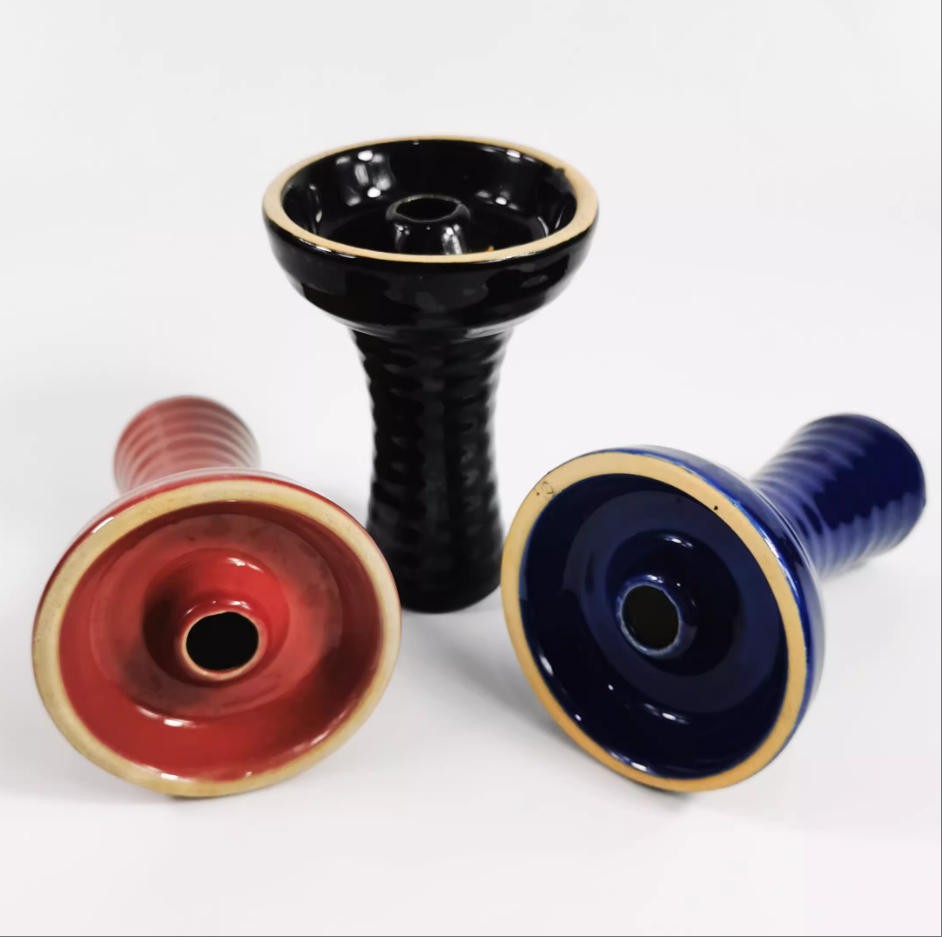



Product Item:AL-B4
Hookah Hose
Accessories
| Item No. |
AL-B4 |
|---|---|
| Material | CERAMIC |
| Height | About 10cm |
| Color | Mixed |
| Weight | About 100G |
| Packing | 100pcs/ctn (Can be packed as required) |
| Shipment | By sea,express(DHL,Fedex,UPS and so on) or air |
| Payment | Trade Assurance,Paypal,Western Union and T/T |
| Produce Time | 5-20days (If the order is small, it can be shipped soon) |
| Delivery time | 10-30days |
| Customizable | OEM ODM |
A ceramic bowl is a versatile and widely used vessel crafted from clay or a combination of clay and other natural materials, such as feldspar or quartz. The creation process involves shaping the raw material, drying it, applying a glaze (optional), and firing it in a kiln at high temperatures (typically between 1,000°C and 1,400°C, depending on the type of ceramic). This firing process hardens the clay, giving the bowl its durability, strength, and characteristic finish. Ceramic bowls are prized for their functionality, aesthetic versatility, and cultural significance, making them a staple in households, restaurants, and even art collections worldwide.
Ceramic bowls vary based on the type of clay and firing process used:
Ceramic bowls come in an extensive range of shapes, sizes, and designs to suit various purposes and preferences:
Ceramic bowls are incredibly versatile, serving both practical and decorative purposes:
Ceramic bowls have a rich history dating back thousands of years. Ancient civilizations, such as the Chinese, Greeks, and Mesoamericans, used ceramic vessels for cooking, storage, and rituals. In China, porcelain bowls from the Tang and Song dynasties (618–1279 CE) set global standards for craftsmanship, leading to the term "china" for fine ceramics. Today, ceramic bowls remain a bridge between tradition and modernity, with artisans and designers blending ancient techniques with contemporary styles.
In recent years, ceramic bowls have seen a resurgence in popularity due to:
In summary, ceramic bowls are more than just functional kitchenware—they are a blend of art, history, and utility. Whether used for a casual family meal, a formal dinner, or as a decorative accent, their durability, versatility, and timeless beauty make them an essential part of daily life and cultural heritage.